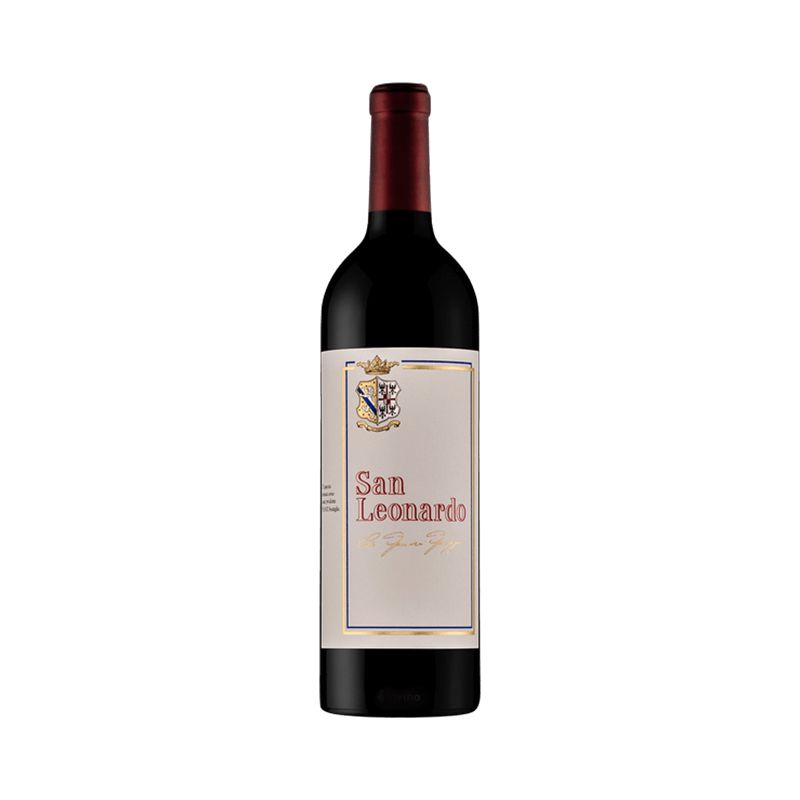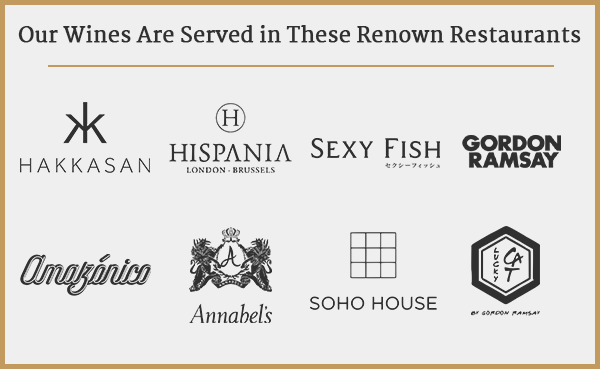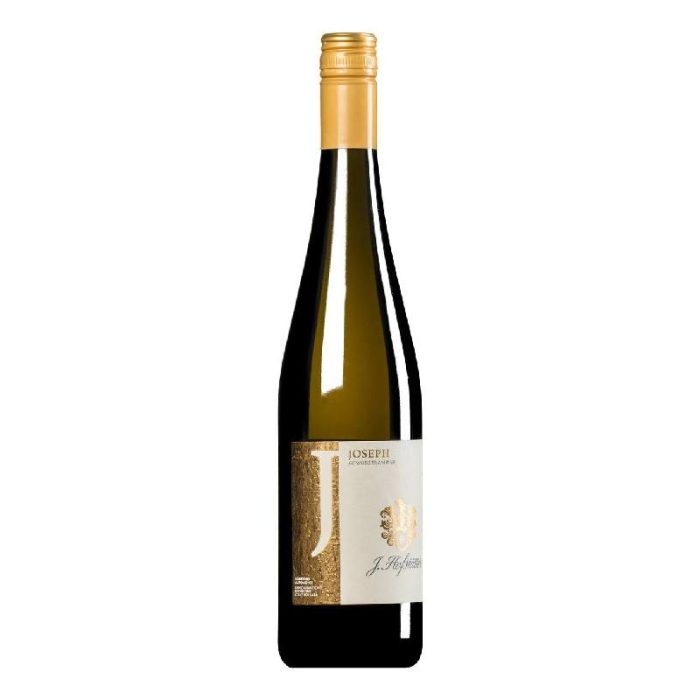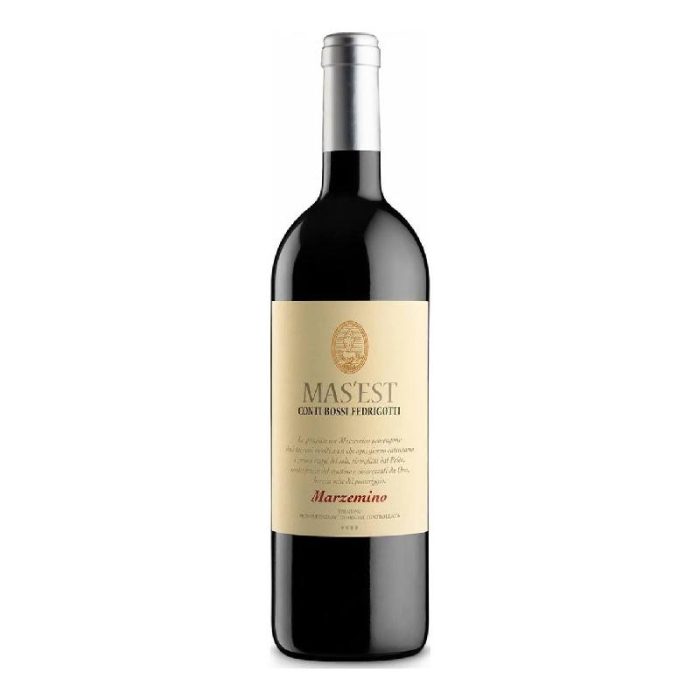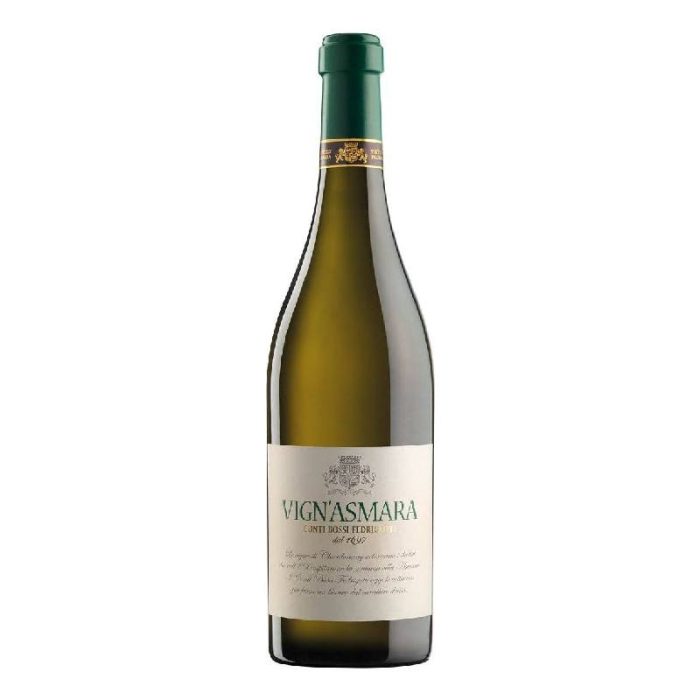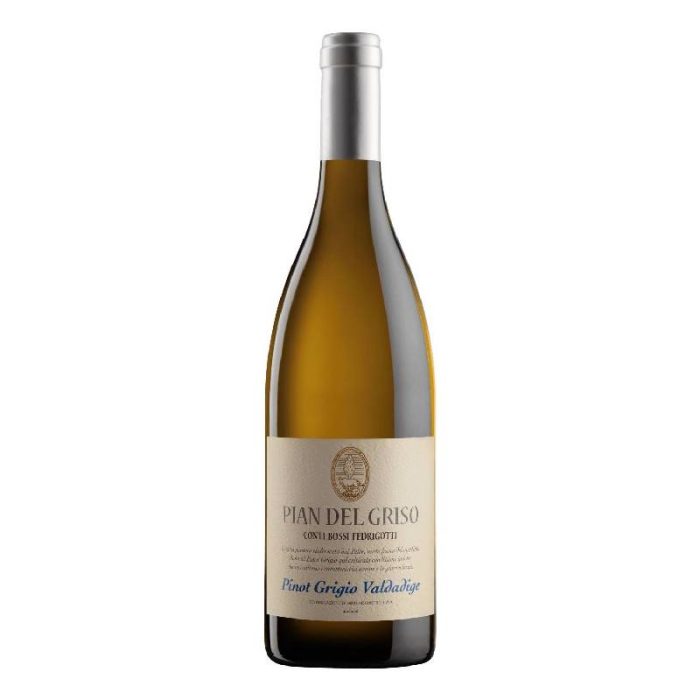Producer
:
Tenuta San Leonardo is one of Italy’s most prestigious estates, often compared to Bordeaux for its finesse and structure.
Vineyard
Mountain vineyards in the Vallagarina valley provide ideal ripening conditions for Bordeaux varieties.
Winery
Traditional fermentation and extended barrel maturation create polished, age-worthy wines of exceptional elegance.
